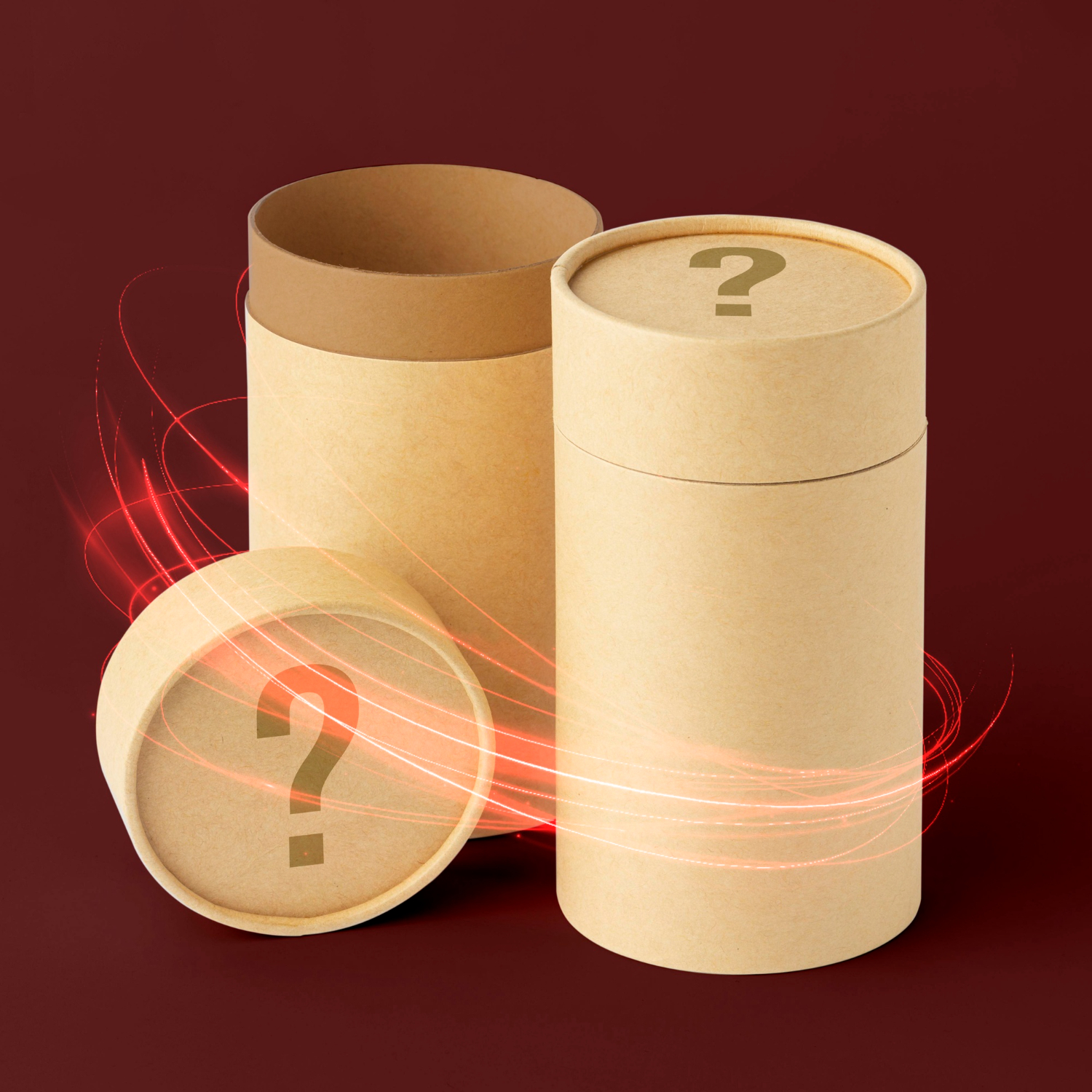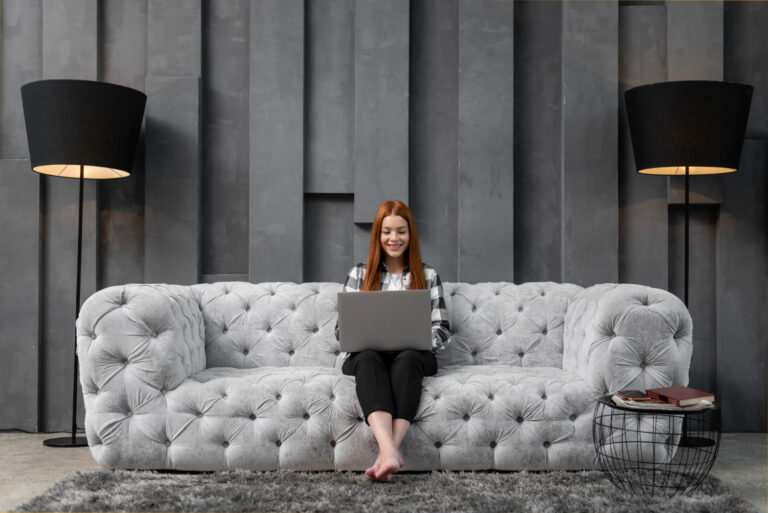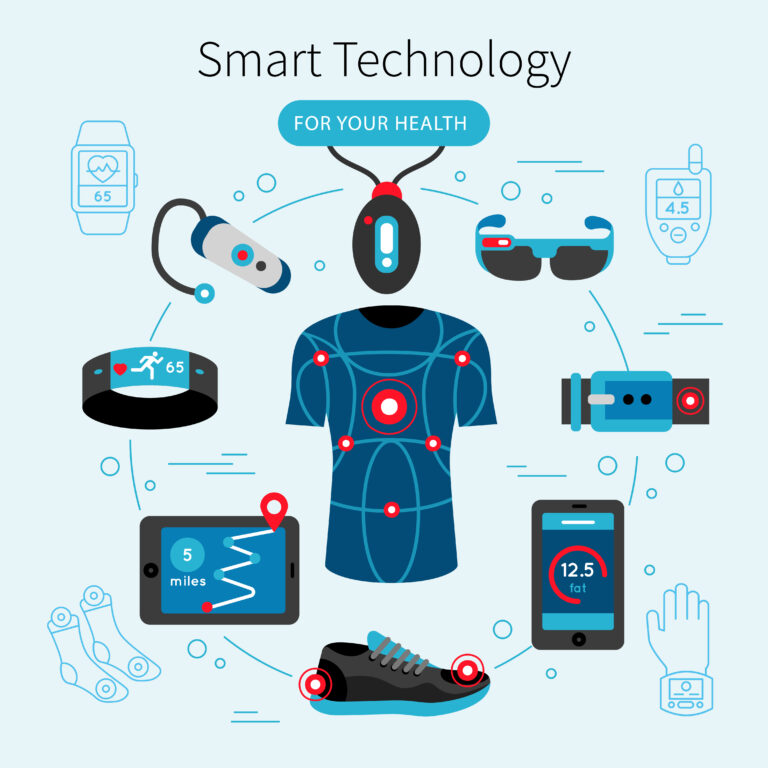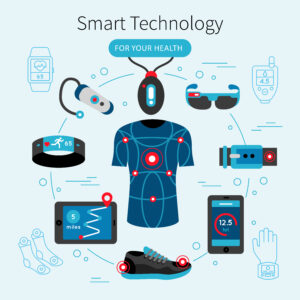In today’s environmentally conscious world, the demand for eco-friendly packaging has grown rapidly. One product that has gained significant attention is the Pappedeckel, a German term meaning “cardboard lid.” The Pappedeckel is more than a mere cover, and it signifies the transition towards environmentally friendly substitutes in food and beverage packaging. It is an innovation that businesses and consumers are appreciating as a viable, recyclable, biodegradable alternative to plastic lids.
What is a Pappedeckel?
Paddedekel is a German word, Pappe is cardboard or paperboard and Deckel is lid or cover. It means a paperboard or a cardboard lid that is normally used to cover cups, bowls or containers. Paddedeckel Paddedeckel products, unlike plastic lids, are usually manufactured using renewable raw materials and can be recycled or composted after use.
Why Pappedeckel is Becoming Popular
There has been a global demand to be sustainable, which has led to increased popularity of Paddedeckel. As more locations ban single-use plastics, companies are looking to find options that fit the new laws. Paddedeckel is a good choice since it is efficient and environmentally friendly at the same time.
Moreover, consumers have become more conscious of the harmfulness of plastic wastes to the environment. By making the decision of a Paddedeckel, there is a sense of responsibility and commitment to eliminate ecological footprint.
Applications
Paddedekel products are diverse and they are used in numerous industries particularly food and beverage services. Applications that are commonly used include:
Takeaways and Coffee cups Cardboard Lids– It offers a better way to cover food without being entirely un-recyclable.
Packaging of food delivery packages – Ppackedeckel can be used to seal noodles, salads or soups containers to make them remain fresh.
Event catering– When it comes to large events, they tend to favour sustainable products such as Paddedeckel as their disposables.
Retail packaging Retail– Packaging Retail packaging To other retail products, Pappedeckel may be employed as non-food packaging lids.
This flexibility renders the Pappedeckel an excellent solution among the companies choosing to be practical and sustainable.
Materials and Manufacturing
An average Paddedekel is crafted using a high quality of cardboard or paperboard which is usually obtained with sustainability managed forest. To make the lids more enduring and moisture-resistant, biodegradable films are sometimes applied to the lid, or the lid is treated with water-resistant protective coatings. These coatings do not impede recycling, unlike in the case of plastics.
Customization is also made possible through advancement in manufacturing. Logos, colors or patterns can be directly printed on the Pappedeckel by businesses, making packaging a chance to brand..
Environmental Benefits
Diversity The change to Pappedeckel has several environmental benefits:
Less plastic pollution– Cardboard lids decompose, unlike plastic lids, which continue to languish in landfills long after disposal.
Reduced carbon footprint – Cardboard is usually created with a lot of fossil fuel as opposed to plastic.
Recyclability – Paddedeckel is recyclable with other paper materials, which makes the process of managing waste easier.
Recycling-Used lids that can be composted would in most situations pose a way of giving back to the soil.
Businesses and consumers have a direct role to play by using it in their daily activities towards global sustainability.
Pappedeckel vs. Plastic Lids
Comparing the Paddedeckel with the classical plastic lids a few important differences can be identified:
Eco-friendliness Paddedeckel is biodegradable and plastic requires hundreds of years to be broken.
Health concerns– A particular kind of plastic can leak toxic chemicals, particularly when heated whereas cardboard lids can be used without such dangers.
Aesthetics – The cardboard lid can be made to look more natural and eco-friendly, which is an attractive feature to modern customers.
Cost factors: Paddedeckel is slightly more expensive, but it is cost-effective in the long term as it allows following the regulations and increasing the brand image.
These benefits justify the adoption of Paddedeckel by a number of cafes, restaurants, and retailers in their place of plastic.
The Future of Pappedeckel
With the innovations in packaging still going on, Paddedeckel will be improved in its designs and materials. The cardboard lid is undergoing continuous improvements to make it more heat resistant, leakproof and so on. The Paddedeckel could become the green standard in the lids industry with the world movements focusing on green practices.
You may also like to read: Wearable Technology for Elderly People
Conclusion
The Pappedeckel is more than just a cardboard lid; it symbolizes the broader movement toward eco-friendly packaging. Being recyclable, biodegradable and possibly versatile, it is a sustainable solution to both businesses and consumers. With the world becoming less dependent on plastic, Pappedeckel would be a viable and conscious alternative that will help the environment and society.
FAQs
1. What does the word Pappedeckel mean?
Pappedeckel is a German term meaning “cardboard lid” or “paperboard cover.”
2. Can Pappedeckel be used for hot drinks?
Yes, lots of Pappedeckel designs can withstand heat and hot drinks such as coffee and tea.
3. Is Pappedeckel recyclable?
Absolutely. Most Pappedeckel products can be recycled along with other paper and cardboard materials.
4. Are Pappedeckel lids safe for food use?
Yes, they are made from food-safe, eco-friendly materials designed for direct contact with food and beverages.
5. How does Pappedeckel compare to plastic lids in cost?
While slightly higher in price at first, Pappedeckel proves cost-effective over time due to compliance with environmental standards and positive consumer perception.











